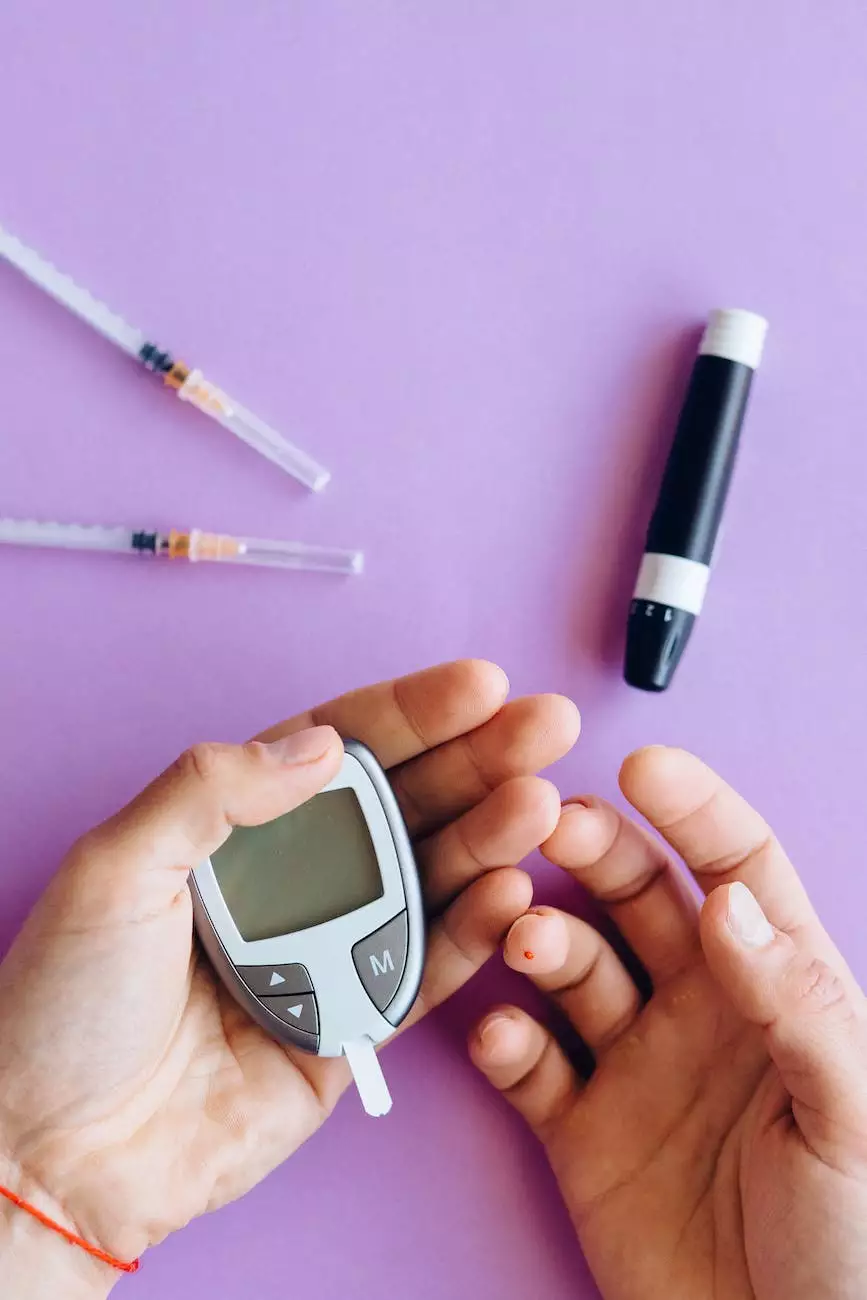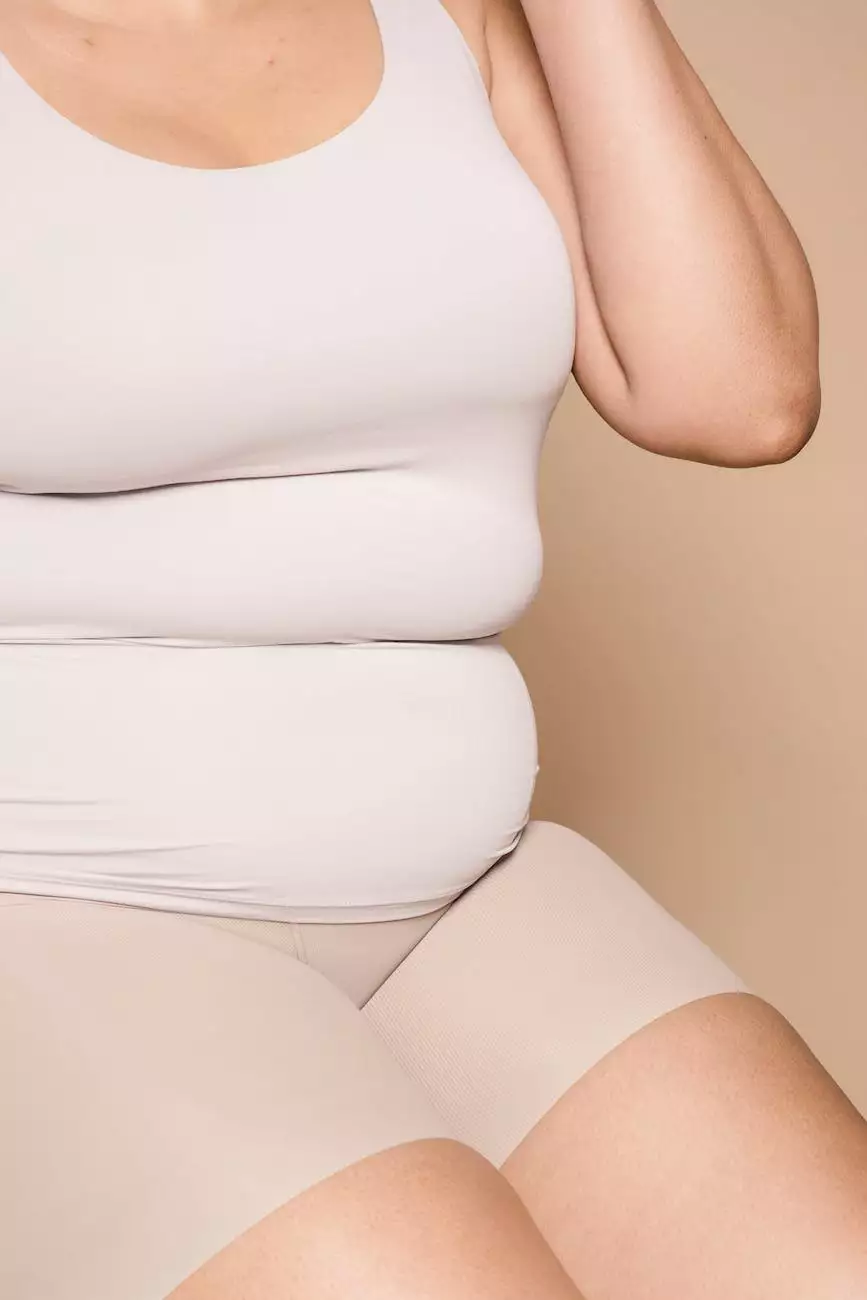Diaper Rash: Causes, Treatments, & Prevention
Health
Welcome to Kelley Tim PA-C, your trusted resource for comprehensive healthcare information. In this article, we will delve into the topic of diaper rash - a common concern among parents and caregivers. We will explore its causes, effective treatments, and steps you can take to prevent it. As experts in the field, we understand the importance of addressing diaper rash promptly and providing you with the knowledge to tackle it successfully.
The Importance of Understanding Diaper Rash
Diaper rash is a natural occurrence that affects many infants and toddlers. It manifests as redness, inflammation, and discomfort in the diaper area. Although it typically resolves on its own, understanding the causes and employing appropriate treatments can help alleviate symptoms and prevent recurrence.
Common Causes of Diaper Rash
There are several factors that contribute to the development of diaper rash. Understanding these causes can aid in prevention and prompt treatment. Some of the common causes include:
- Excessive Moisture: Prolonged exposure to moisture and wetness from urine or stools can irritate the delicate skin, making it more susceptible to diaper rash.
- Friction: Constant rubbing and friction between the diaper and the skin can lead to chafing and irritation.
- Infrequent Diaper Changes: Infrequent diaper changes can prolong skin exposure to irritants and moisture, increasing the risk of diaper rash development.
- Introduction of New Foods: The introduction of solid foods can alter a baby's stool composition, potentially leading to increased acidity and promoting diaper rash formation.
- Antibiotics: Antibiotics can disrupt the balance of beneficial bacteria in the gut, leading to an increased risk of diaper rash.
- Allergic Reactions: Some babies may have sensitivity or allergies to certain diaper brands, detergents, or wipes, triggering diaper rash symptoms.
Effective Treatments for Diaper Rash
When faced with diaper rash, knowing how to effectively treat it is crucial. Here are some treatments that can help alleviate symptoms and promote healing:
- Frequent Diaper Changes: Regularly changing diapers, especially when wet or soiled, can minimize skin exposure to irritants and moisture.
- Gentle Cleansing: Use mild, fragrance-free cleansers or water to cleanse the diaper area during each change. Avoid using wipes or products that contain harsh chemicals.
- Air Exposure: Allow your baby's skin to breathe by providing diaper-free time. Lay your baby on a clean towel or mat to let the air circulate and aid in drying.
- Barrier Creams and Ointments: Applying a thin layer of a gentle barrier cream or ointment can soothe the skin and create a protective barrier against moisture.
- Proper Hygiene: Ensure thorough cleaning and proper drying of the diaper area. Pat the skin gently instead of rubbing to avoid further irritation.
- Seek Medical Advice: If the diaper rash persists or worsens despite home treatments, consult a healthcare professional for further guidance and potential medical interventions.
Preventing Diaper Rash
Prevention plays a vital role in managing diaper rash. By implementing these preventive measures, you can significantly reduce the chances of your baby experiencing diaper rash:
- Frequent Diaper Changes: Change your baby's diaper frequently, ideally every two to three hours or immediately after it becomes wet or soiled.
- Proper Fit: Ensure that the diaper fits snugly without being too tight or too loose. This optimal fit helps prevent friction and subsequent irritation.
- Breathable Diapers: Consider using breathable, hypoallergenic diapers that promote air circulation and reduce moisture buildup.
- Keep the Diaper Area Dry: After cleaning, gently pat the diaper area dry with a soft towel before putting on a fresh diaper.
- Avoid Irritants: Steer clear of scented wipes, harsh soaps, and strong detergents - they can potentially irritate your baby's sensitive skin.
- Regular Bathing: Maintain a regular bathing routine to keep your baby clean and fresh. Use mild, fragrance-free products suitable for sensitive skin.
Conclusion
In summary, diaper rash is a common concern that can be effectively managed with the right knowledge and proactive measures. By understanding the causes, applying appropriate treatments, and implementing preventive strategies, you can keep your baby comfortable and rash-free. At Kelley Tim PA-C, we are dedicated to providing you with comprehensive healthcare information and expertise to help you on your parenting journey. Stay informed, stay proactive, and let us be your trusted source for all your healthcare needs.










